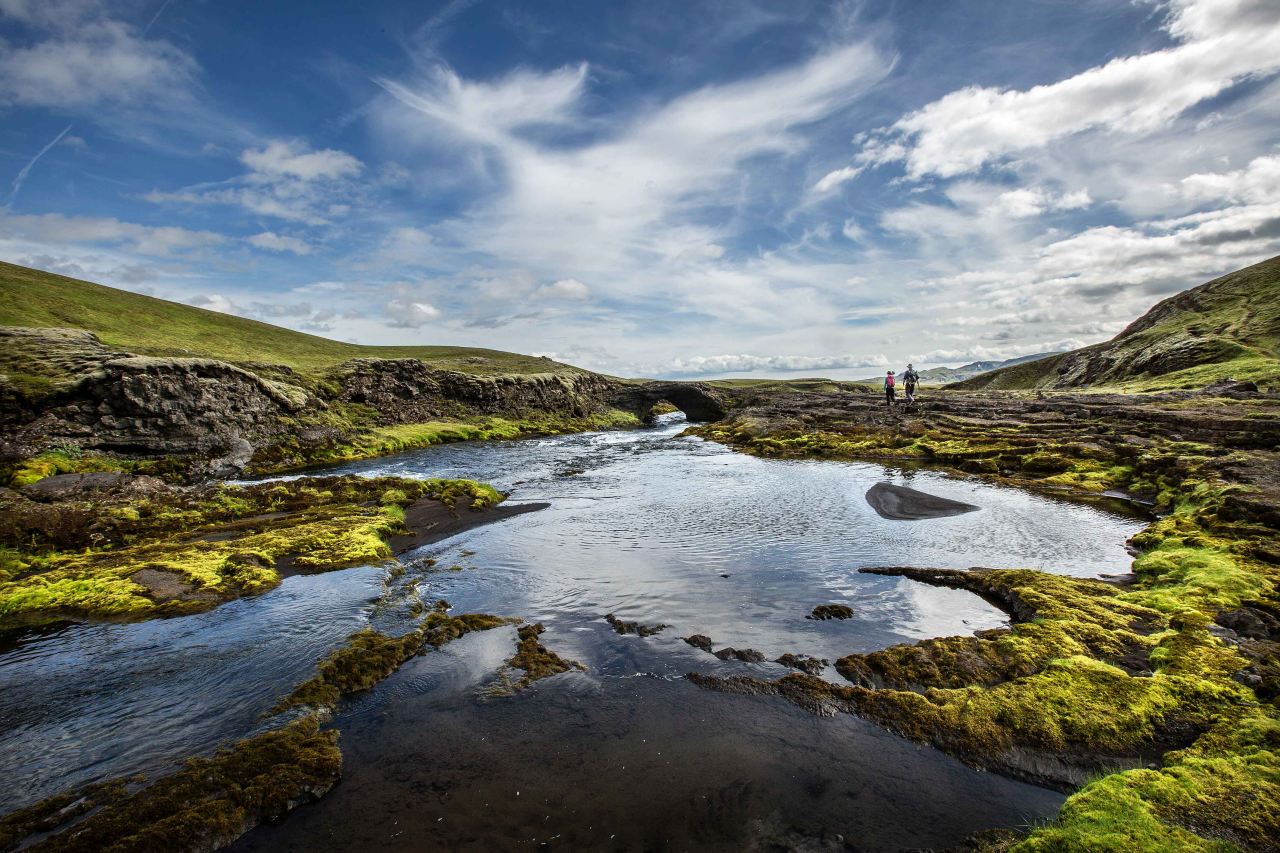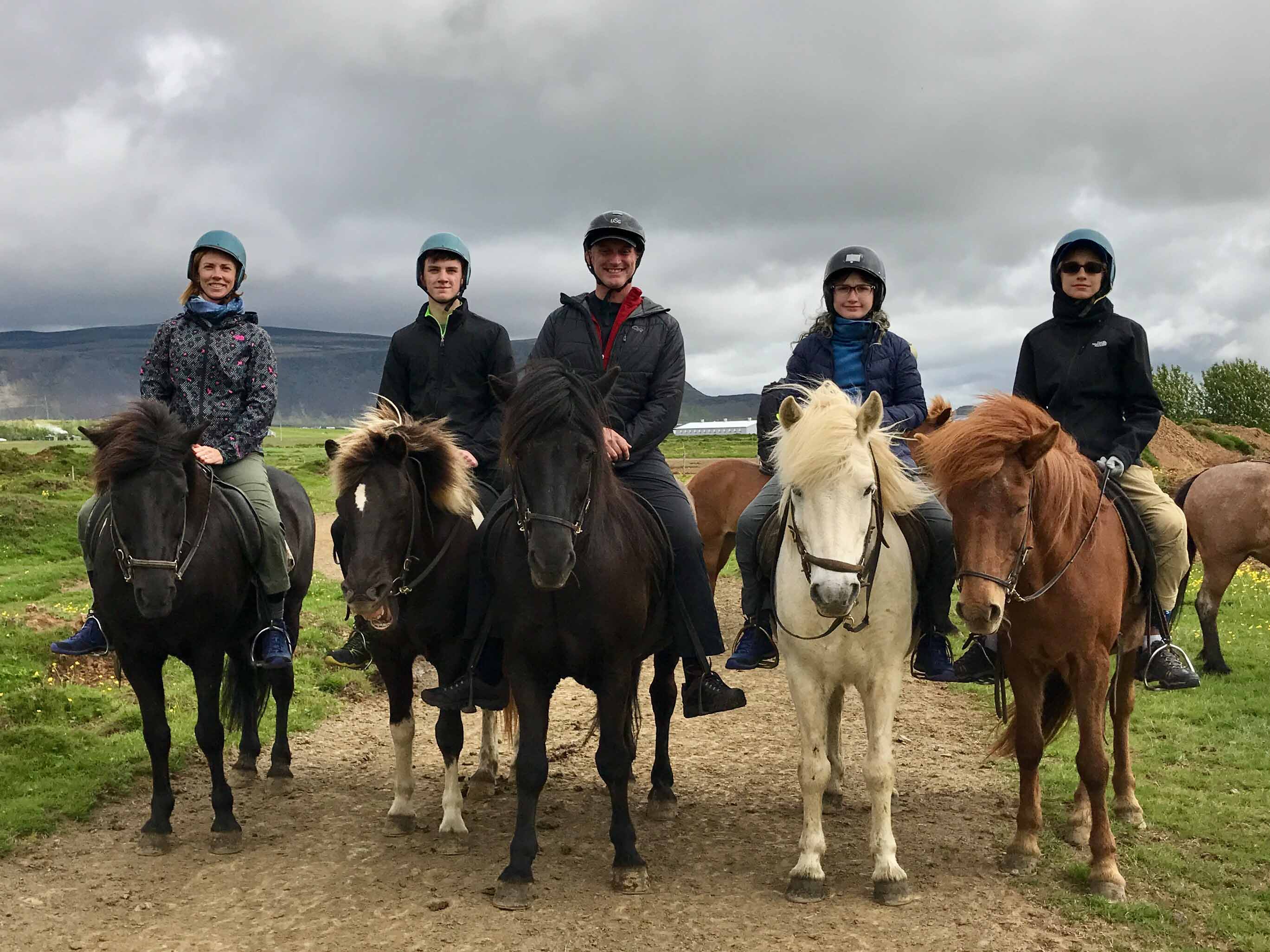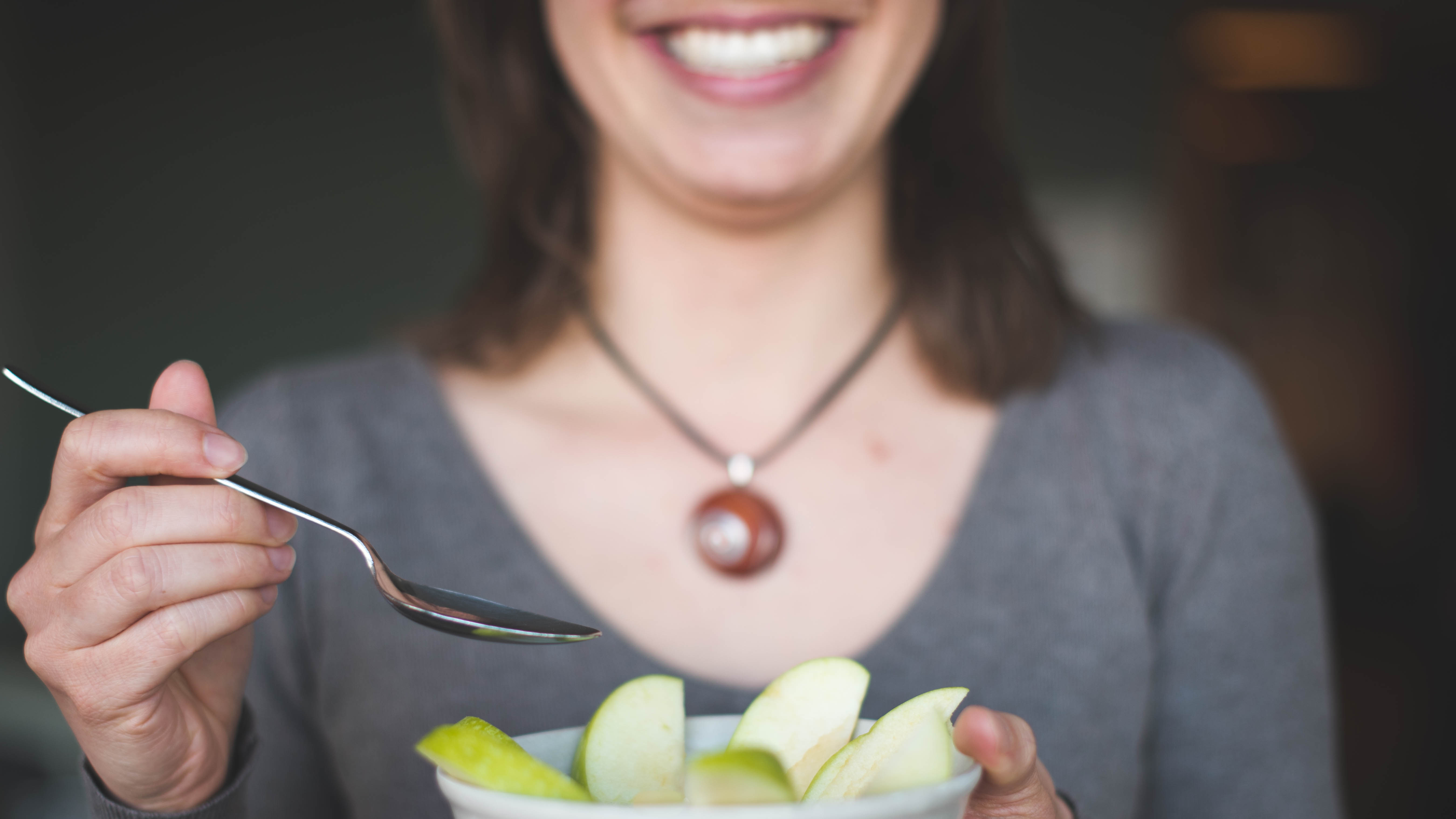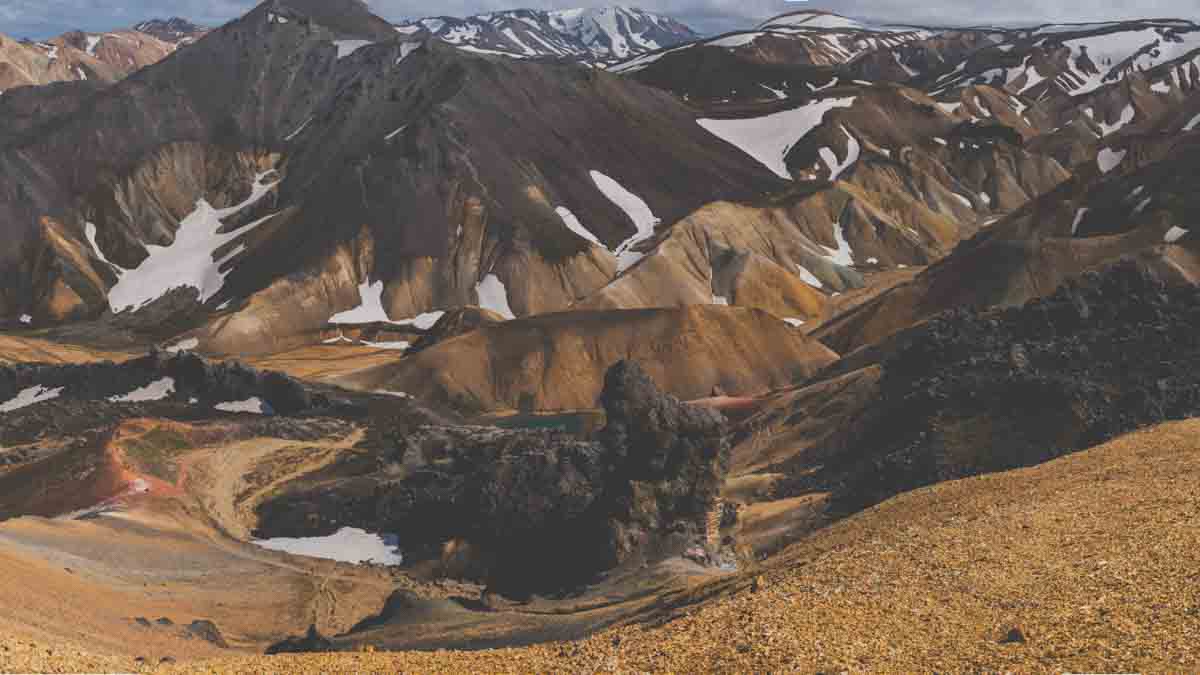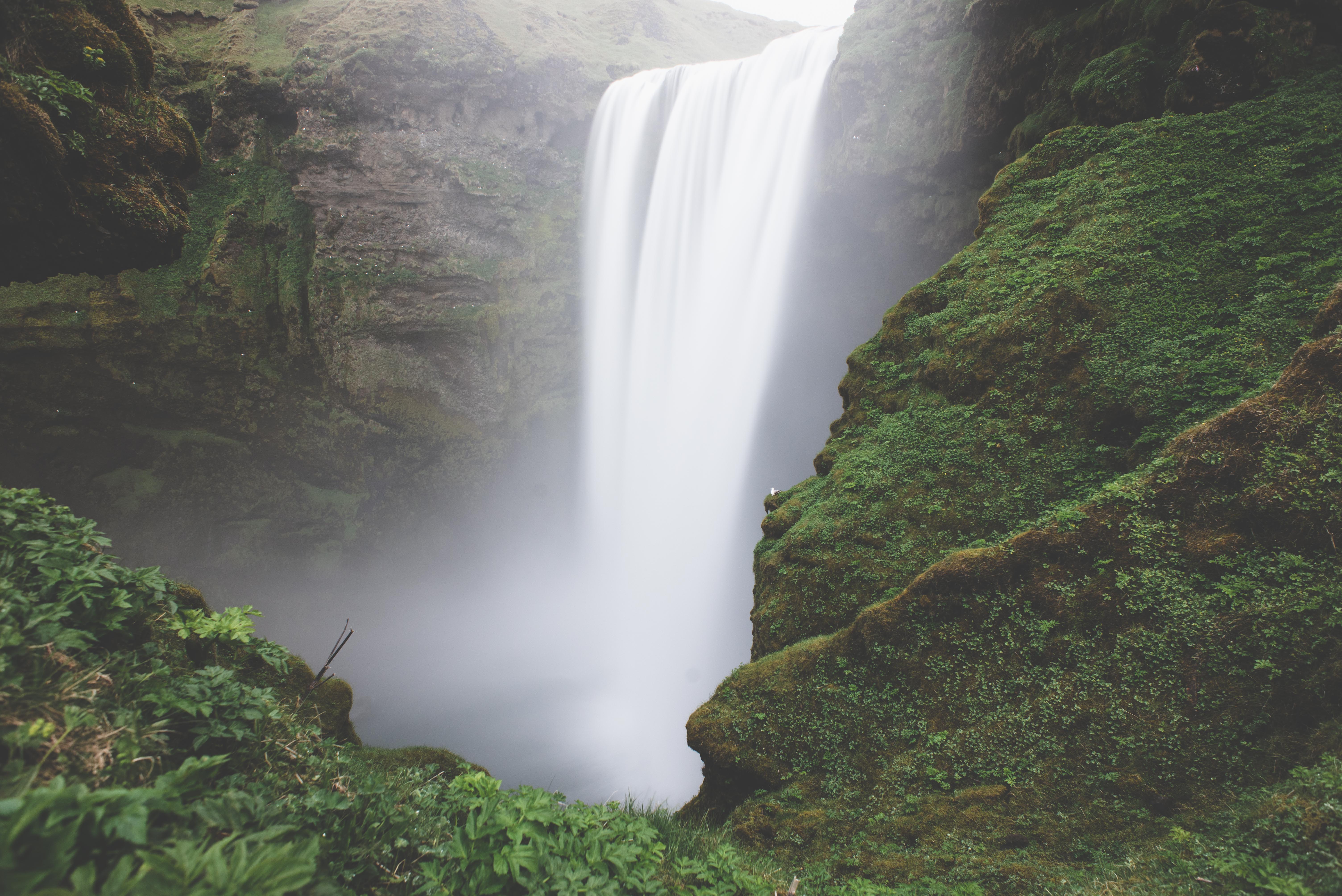All About Puffins
All About Puffins
Everybody knows them, everybody loves them, and somehow, despite existing all over the North Atlantic from Norway, Greenland, Newfoundland the British Isles and on the east coast of the United States, the Puffin has become almost the national symbol of Iceland.
More than one type, you say?
The Puffins that we know and love in Iceland are actually Atlantic Puffins, differentiated from the tufted and horned Puffin (both found in the north Pacific Ocean) whereas the Atlantic puffin lives in the North Atlantic Ocean. The tufted and horned puffins are considered “least concern” by the International Conservation Union (IUCN) whereas the Atlantic puffin is now considered “vulnerable”, which means that there is a “high risk of endangerment in the wild”.
Why all the fuss?
Puffins are pretty amazing, they are basically geographical geniuses. Each puffin will return to the same spot to mate with the same partner at the same colony where they hatched. They go thousands of miles out to the open sea, where they lead a solitary existence for most of their lives. It is not well understood at all how exactly puffins do this, and tracking a tiny puffin in a vast ocean is a formidable task. Puffins have a range of 1,620,000 square kilometres (630,000 sq mi) and it is estimated that there are over 5.5 million nesting pairs.
What do they eat? How do they fish?
All species of puffin eat almost exclusively fish, small fish such as Capelin, of which they are able to eat up to 40 in one day. Some analyses have revealed that they also eat molluscs, small crustaceans and worms. Puffins are able to fish, able to hold their breath for up to one minute and can make considerable doves, using their wings as propulsion.
Where do they live?
When they are not out to sea, puffins spend the breeding season living on the edges of cliffs, in small crevasses which they then excavate and prepare in order to make it more suitable for rearing young. Puffins have been known to make use of and re-purpose rabbit burrows also.
Their beaks fall off?
Well, not exactly. But when we see puffins, they are in their “breeding plumage” which includes more ornate and colourful elements on their beaks. As breeding season passes, the colourful elements at the base the beak fall off, making it look slimmer.
Want to see a puffin?
Puffins can be seen all over Iceland, but in our opinion, one of the best places to get out to, because it’s so remote, is the East; This is why we call our trip out there hiking at the end of the world. Check out last week’s post all about East Iceland for more info.
It’s worth mentioning that even a simple trip down the south coast of Iceland can guarantee you a puffin sighting. The Westfjords are full of them too.
You can couple your puffin watching adventure with an awesome hike for a fun filled trip.
Enjoying our blog? Subscribe!
How's the blog? Enjoying it? If so, Subscribe and keep up to date with the latest info, tips, tricks and travel advice from Iceland Rovers. You’ll get a monthly newsletter with a nice little roundup of the posts that we have put out.



